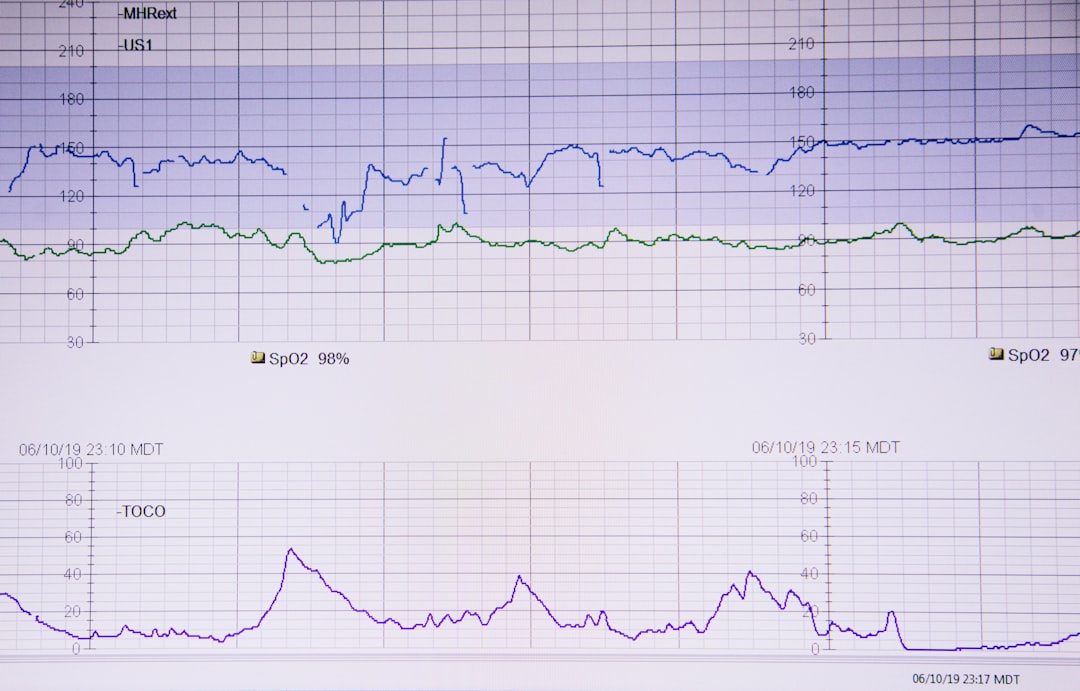What is it about?
Around one year prior to death persons typically undergo a transition to loss of functional capacity and increasing dependence on others for care. Hospital admissions typically escalate in the last 6 months of life. A count of deaths therefore acts as a retrospective measure of these end-of-life costs. Data on deaths in English and Welsh local authorities was analysed to calculate the degree of year-to-year volatility. This was then used to inform the size of the risk margin which needed to be put aside to cope with unusually high periods of deaths and associated costs.
Featured Image

Photo by Domenico Gentile on Unsplash
Why is it important?
Local authorities and health care organisations are given fixed funding each year and hence the frequency of adverse years is important to sound financial planning.
Perspectives
This is a very poorly studied area with almost no advice on how to handle financial risk. The financial risk due to end-of-life has a big impact on the marginal changes in the total budget. Part of a far longer series available at http://www.hcaf.biz/2010/Publications_Full.pdf A 4-Part series on financial and capacity risk in healthcare has been subsequently published in the Journal of Health Care Finance, winter 2021; 47(3) http://www.healthfinancejournal.com/~junland/index.php/johcf/index
Dr Rodney P Jones
Healthcare Analysis & Forecasting
Read the Original
This page is a summary of: Financial risk in health and social care budgets, British Journal of Healthcare Management, February 2019, Mark Allen Group,
DOI: 10.12968/bjhc.2019.25.2.79.
You can read the full text:
Resources
Contributors
The following have contributed to this page










